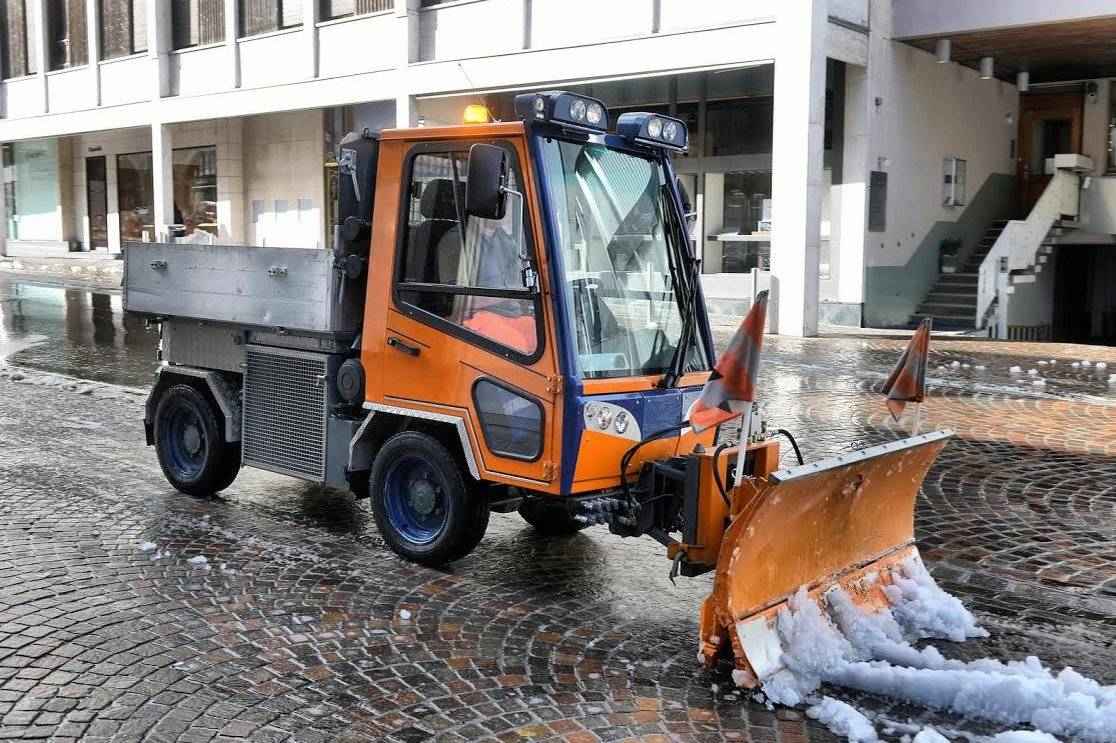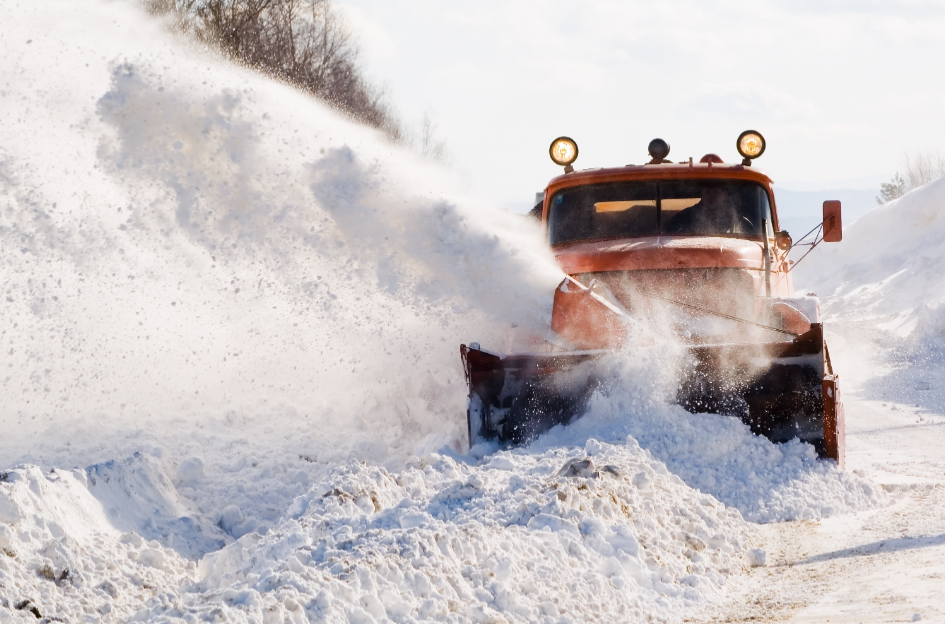
Even under the worst weather conditions, business continues. People still need to get to office buildings, hospitals, universities, and other facilities. Ineffective maintenance of the grounds in inclement weather can result in severe liability for injuries caused by people falling due to accumulated snow and ice. Here’s what you need to know to protect your facility’s assets from these types of lawsuits.
Know the Law in Your State
Facility liability for injuries caused by inadequate snow or ice removal varies widely from state to state. In Oregon, for example, property owners have a duty to business invitees to make the property safe if snow and ice is covering pathways. In 2014, a man filed a $50,000 lawsuit against the Safeway corporation after slipping on an icy sidewalk on the premises and breaking his wrist. The case is still pending.
Other states appear to limit liability, but a close look at the laws frequently exposes loopholes that can open the door to a successful plaintiff’s suit. In Illinois, for example, facilities have no duty to remove natural accumulations of snow, ice, or water from their premises. Plaintiffs can recover, however, if the underlying pavement was negligently designed or maintained, or in the event an “unnatural accumulation” occurred. This could be due to impaired or altered drainage, or the creation of a mound of snow by a plowing contractor. It’s easy to see how the exception can swallow the rule, and facilities can be on the hook for large sums.
In the 2010 case of Papadopoulos v. Target Corporation, the Supreme Court of Massachusetts abolished the distinction between natural and unnatural accumulations, and ruled that property owners owe a duty to all lawful visitors to use reasonable care with respect to these hazards. It’s only a matter of time before other states follow suit, imposing a duty on facility managers every time snowfall occurs or is expected.
Not Just a Frigid Weather Problem
Don’t think your risks have gone away just because the temperature has risen above freezing. In 2015, a Bank of America customer in Alabama sued the bank and its contracted snow removal service for injuries she sustained falling on a slippery sidewalk the previous year. Claiming the bank failed to provide a safe pathway for its customers, the suit seeks an excess of $50,000 in damages. The injury did not occur during a massive snowstorm. The temperature that day averaged 35 °F (1.67 °C).
What You Can Do
With changing legal standards, it's better to be proactive and ensure your customers and visitors are safe from both natural and unnatural accumulations of snow and ice.
Maintenance of the grounds during inclement weather can be expensive, but there are cost-effective methods for reducing the chances of injury. The best way is to provide a shield of protection between your visitors and the snow- or ice-covered pavement.
Consider the use of outdoor heated mats, which offer a quick and convenient way to alleviate the dangers caused by snow and ice accumulation on walkways. These portable mats are a better alternative to harsh chemicals that are corrosive to the underlying surface and can be tracked inside, creating unsightly stains on indoor carpets.
The deep pockets of a large facility are often sought after when someone is injured. Don’t expose your organization to the possibility of these types of lawsuits.


